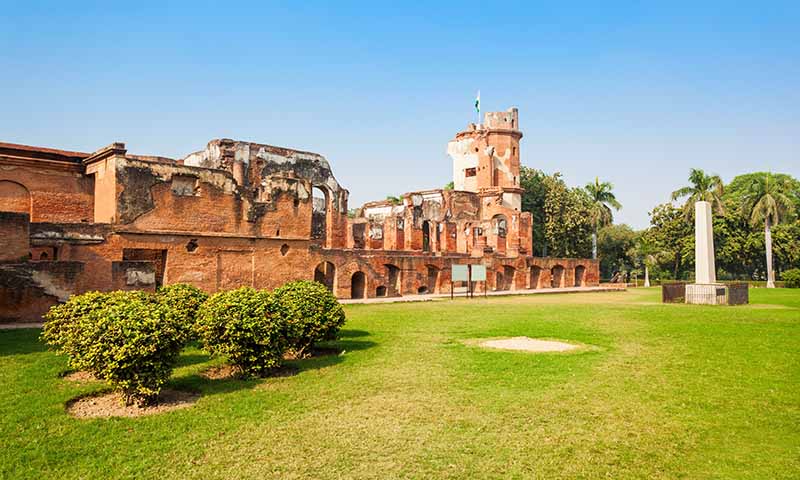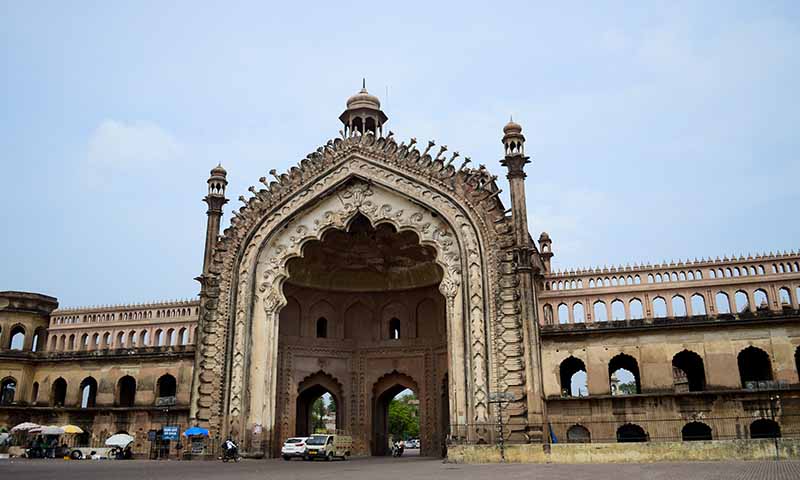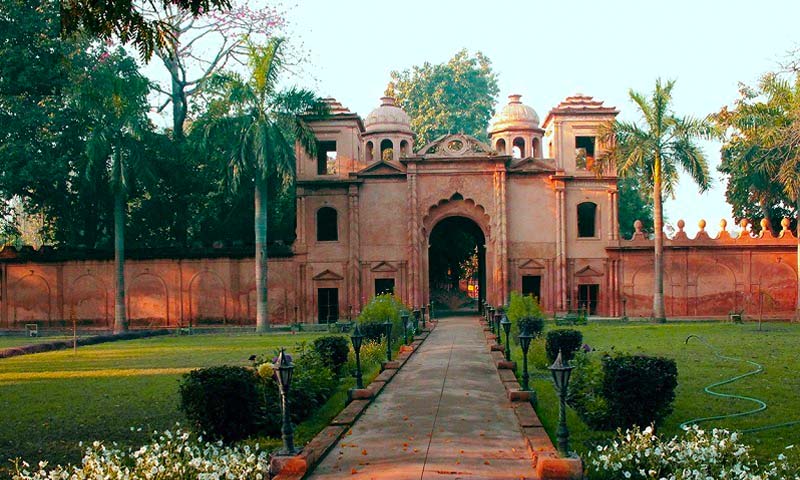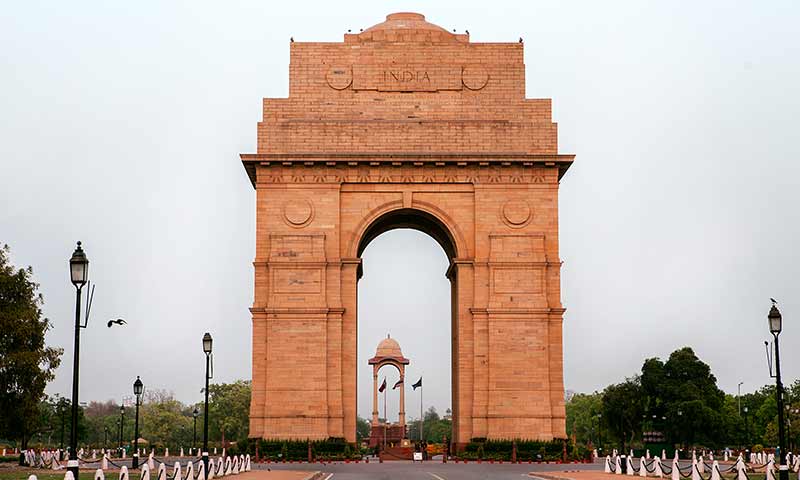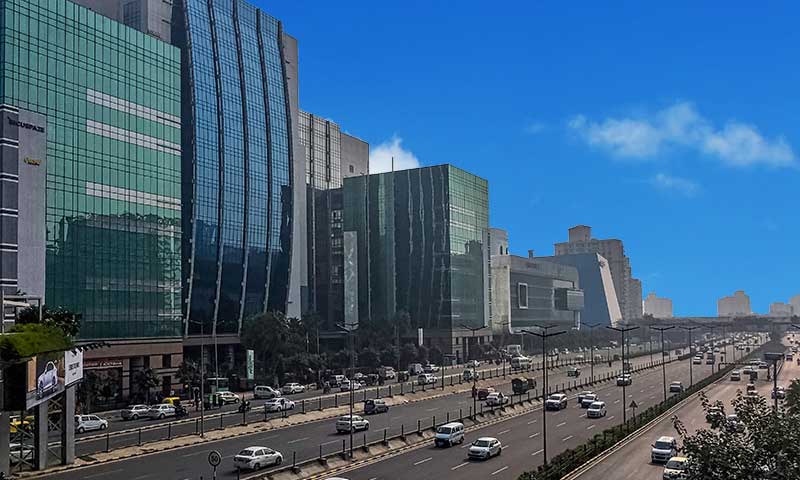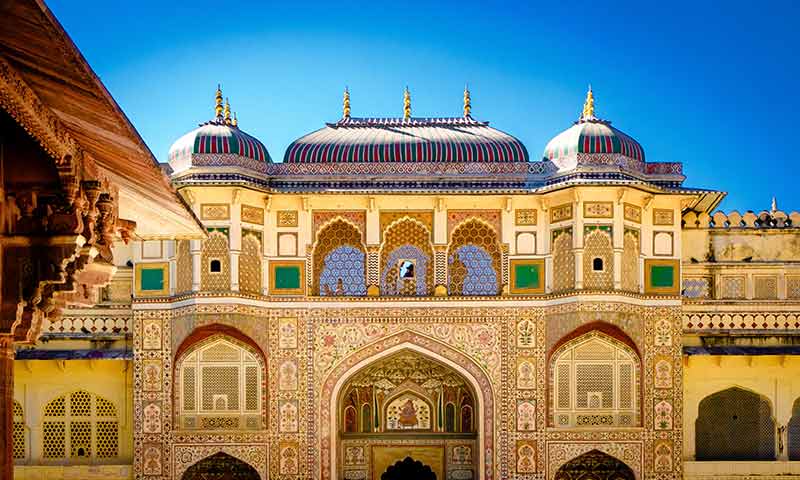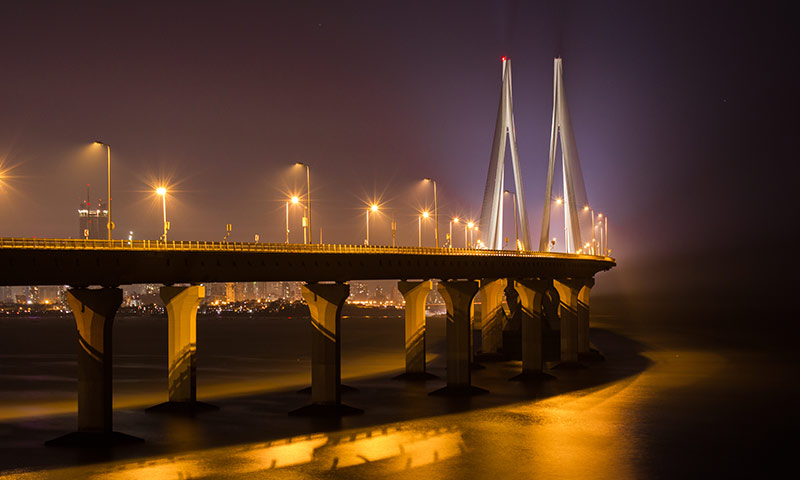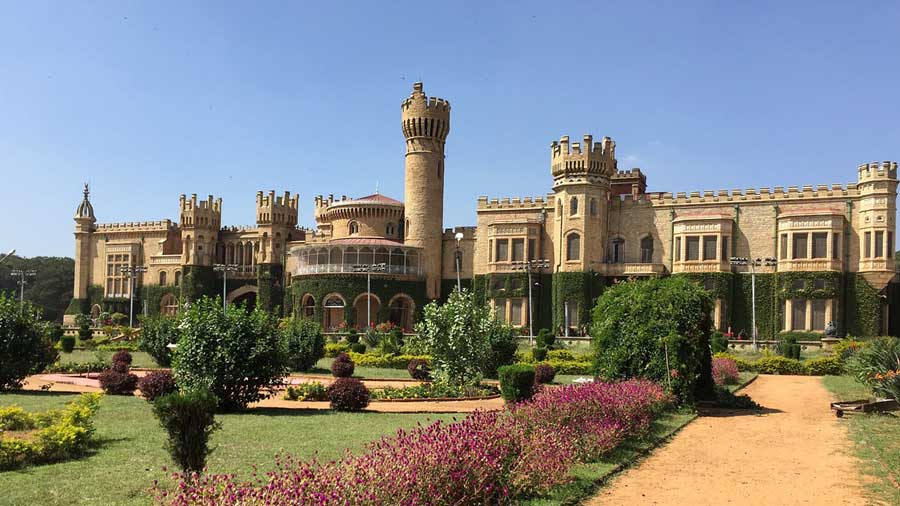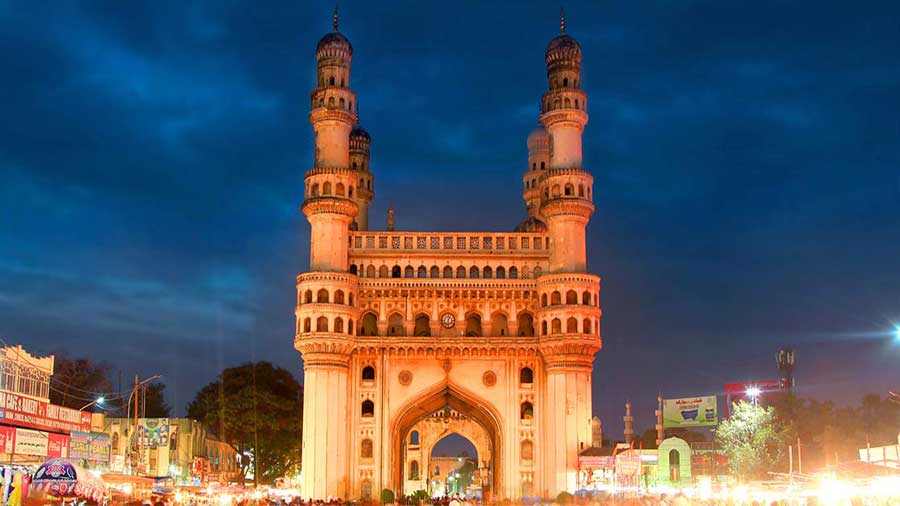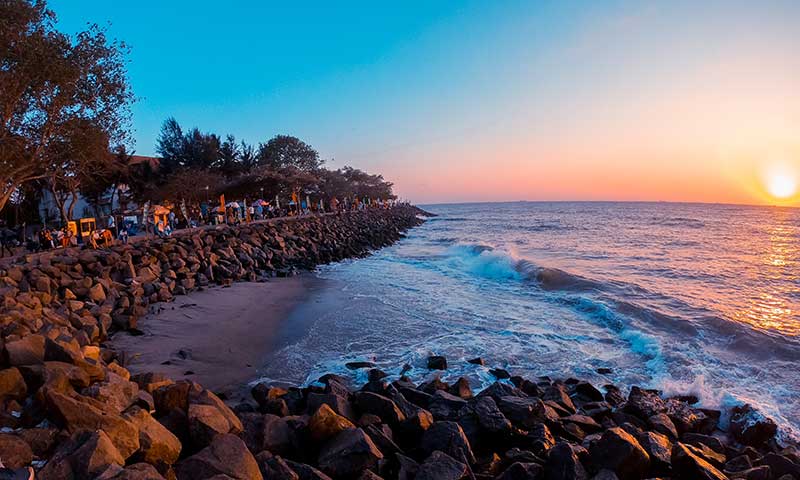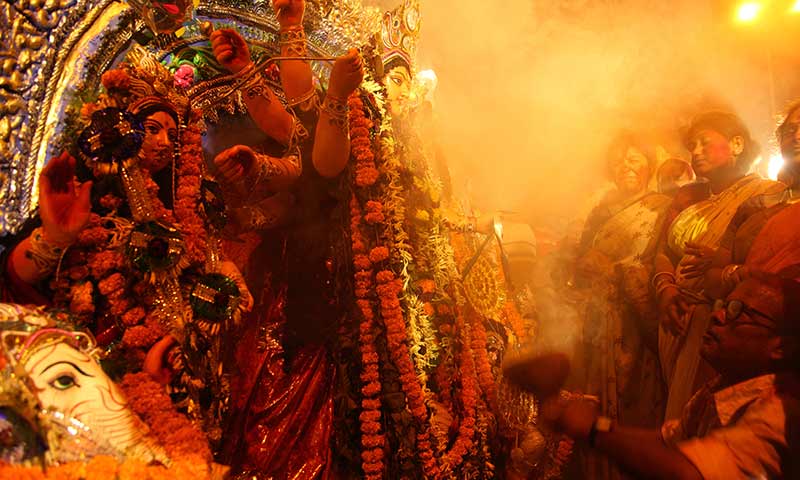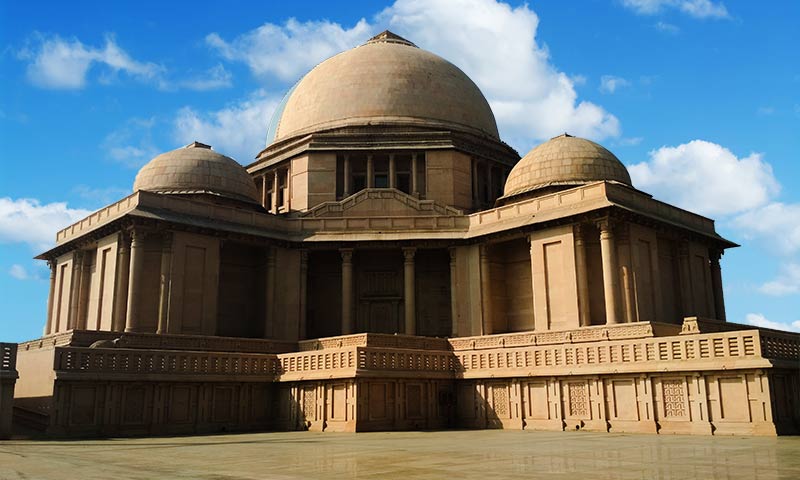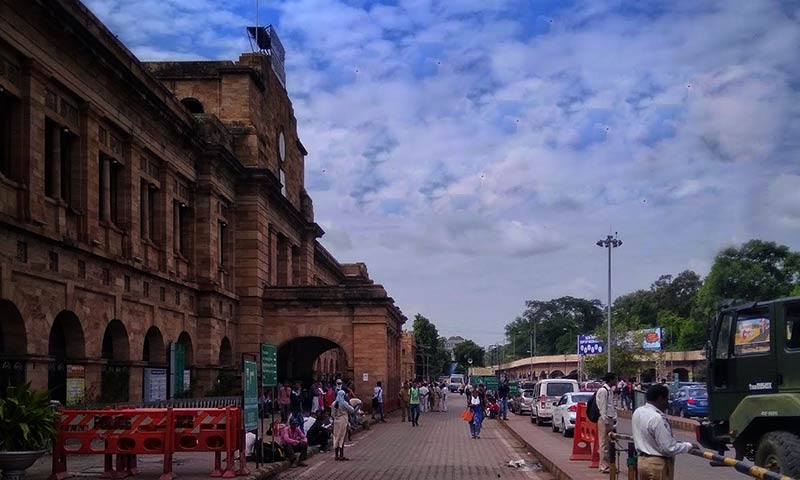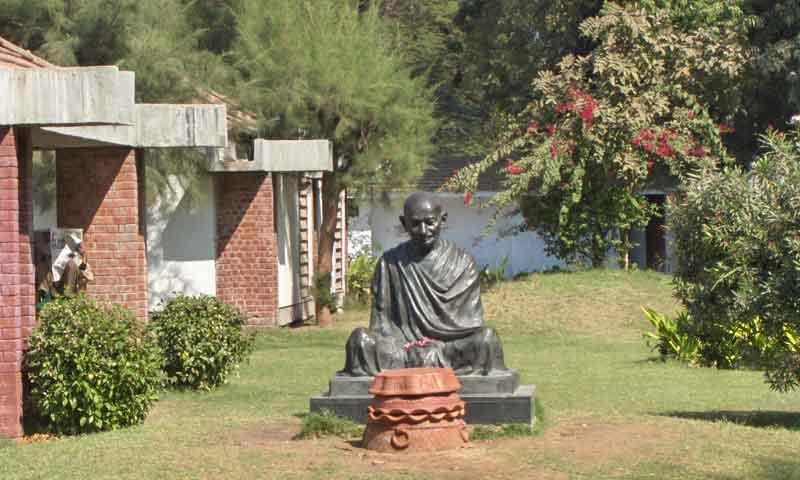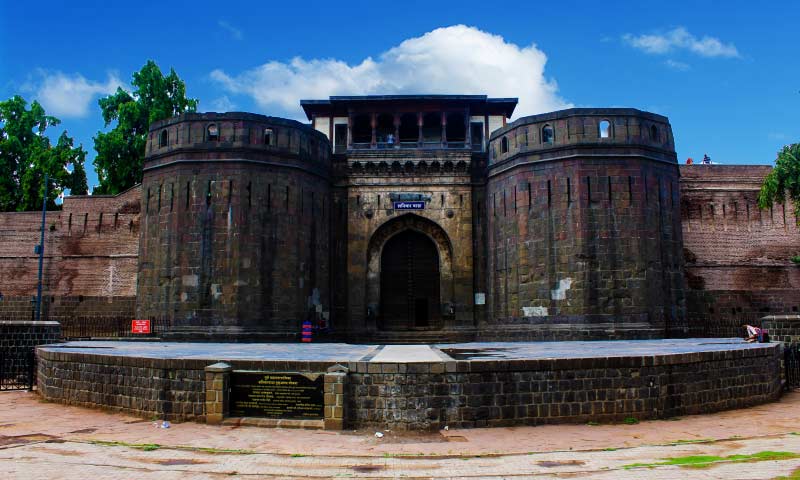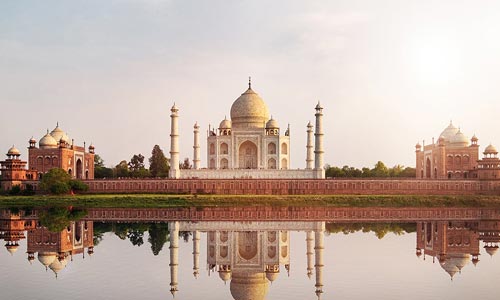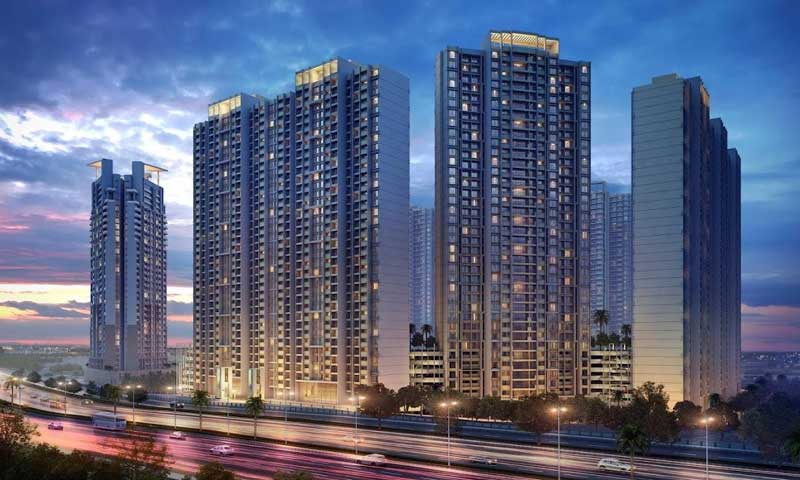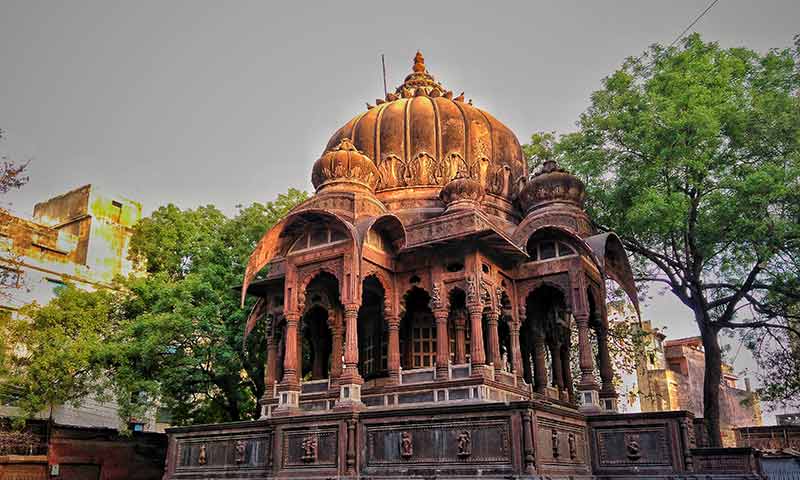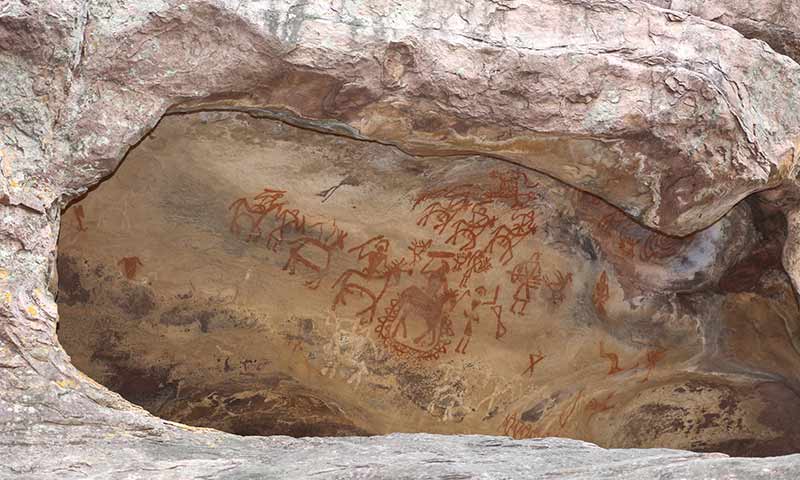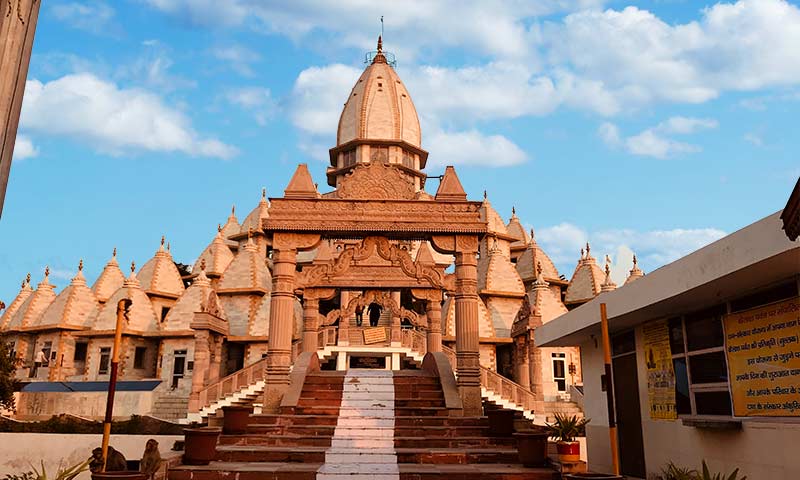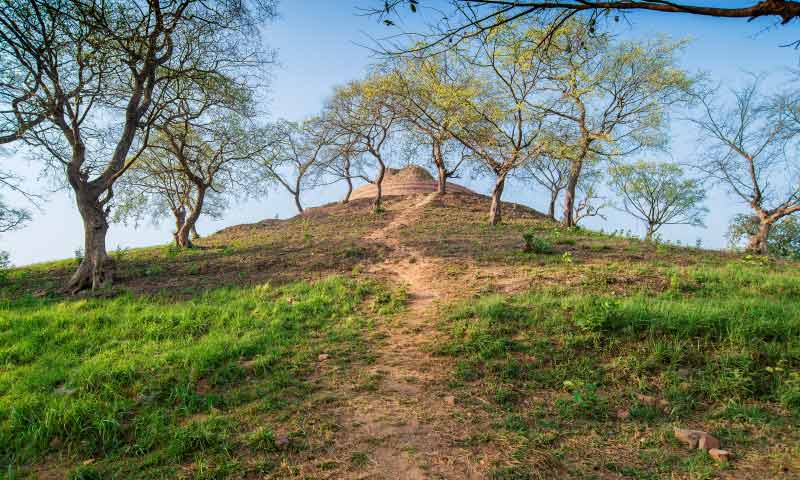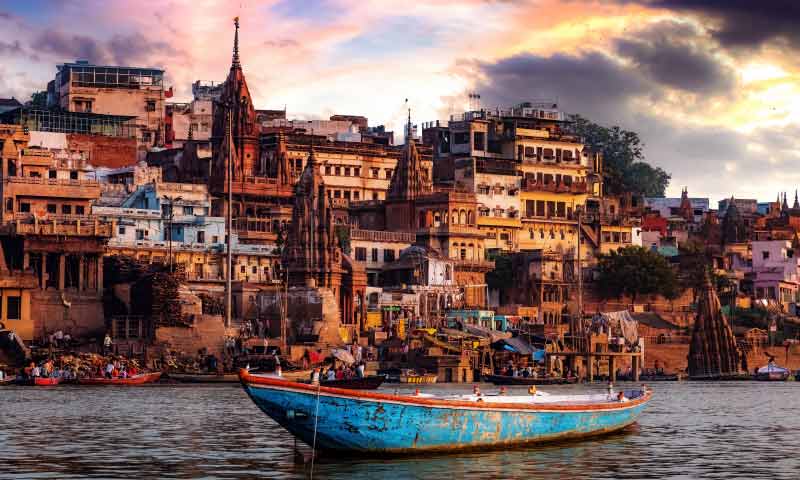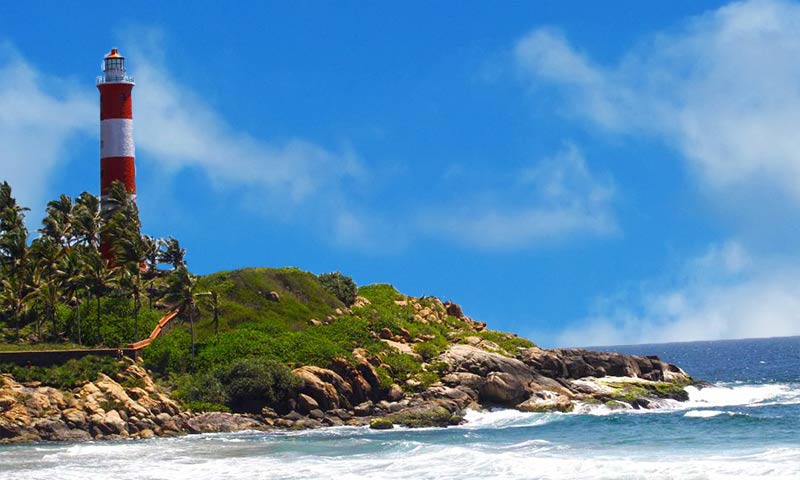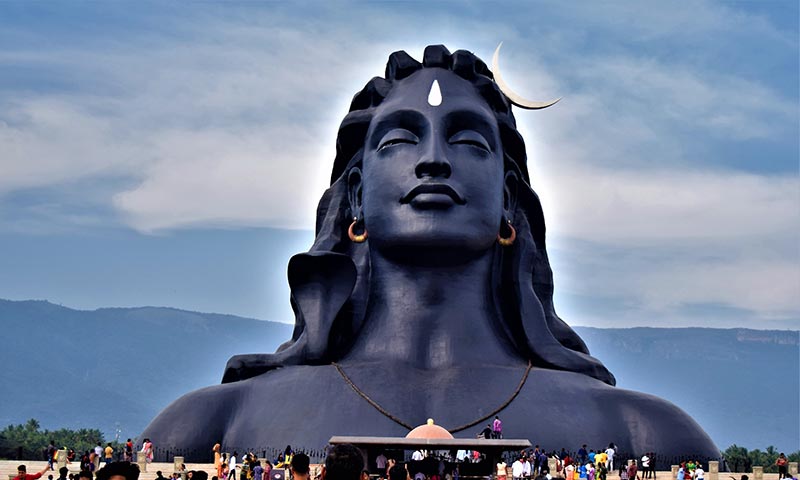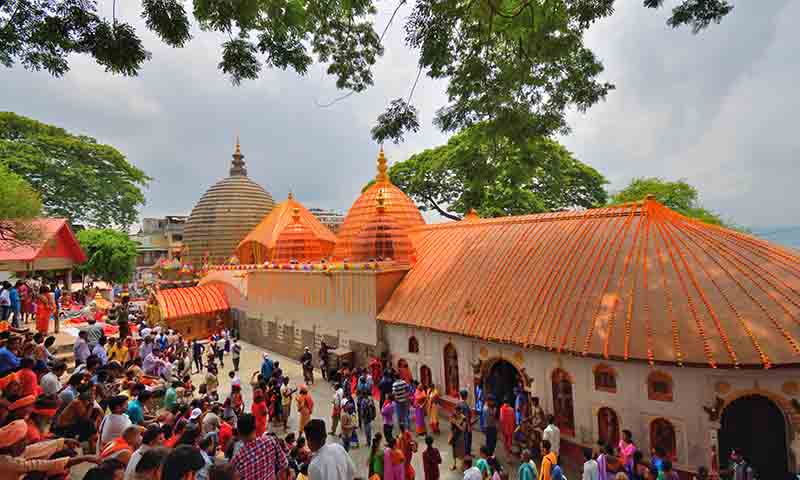Historical Monuments to Visit in Lucknow
15 Historical Monuments to Visit in Lucknow
British Residency Rumi Darwaza Chattar Manzil Dilkusha Kothi Husainabad Clock Tower Constantia House Satkhanda Charbagh Railway Station The Residency Safed Baradari Firangi Mahal Shahi Baoli Tomb of Saadat Ali Khan Kaiserbagh Bagh Sikandar BaghBritish Residency, Lucknow
As is evident from the name the building was once the residence of the British Resident General who was a representative in the court of Nawab. Now the group of buildings overlooking the Gomti river is a government office, a heritage site, and a popular tourist landmark. The building earned significance during the seize of Lucknow, held when the first revolt 1857 was staged in India. It served as the warehouse of those "wretched cartridges". Once a magnificent three-story building it had a library, offices, residential quarter, armory, worship places, stables, dispensaries, games room, etc. The large hallways have high ceilings with arches bearing intricate detailings. A beautiful fountain at the entrance amidst the lawns adds to the grandeur.
Rumi Darwaza, Lucknow
The magnificent sixty feet tall gateway located between the Bara Imambara and Chota Imambara used to serve as an entrance to Old Lucknow City. Also known a the Turkish gate it bears a strong resemblance to Bab-i-Humayun, a gateway in Turkey. Standing at an impressive height of 60ft, it is made of brick coated with limestone. It remains ornate with beautiful carvings and designs. Legend says the monument's umbrella-like structure housed a lantern that used to be lit at night with the jets of water flowing from its arch. Rumi Darwaza has been adopted as a symbol of Lucknow and is bound to enchant everyone with its grandeur.
Chattar Manzil, Lucknow
Located on the banks of River Gomti, the two-story building exhibits a unique blend of European and nawabi architecture. The building is currently owned by Central Drug Research Institute though it was originally built by General Claud Martin as his residence in 1781. It has gilded umbrella on the dome and it is popularly called the umbrella palace. The major highlight and the most captivating feature of the building is the presence of underground halls, the tahekhanas which lead into the river Gomti. They were designed purposefully to regulate temperature during summers. Several curious tourists are drawn to witness this marvel all around the year.
Dilkusha Kothi, Lucknow
The remnants of the 18th-century building are not only a delight for visitors, but has also immense historical and cultural significance. Located in the vicinity of Gomti River the Baroque-style construction, though impacted severely, managed to survive the first war of Indian independence in 1857. The building was originally erected to serve as the hunting lodge for the Nawabs. Bearing a close resemblance to Seaton Delaval Hall, England the original three-story building had a basement. An impressive flight of steps led to four ornate octagonal towers. The vestiges of the walls, towers, and a neatly manicured garden to date echo the saga of its grand past.
Husainabad Clock Tower, Lucknow
Locally known as the Ghanta Ghar the 221 ft. tall magnificent structure displaying the Victorian-Gothic style architecture is by far the tallest in the country. Bearing a striking similarity with Big Ben of England the four-faced clock tower stands close to Rumi Darwaza. It was constructed in 1881 by the Hussainabad Trust to welcome first Lieutenant Governor of Awadh, George Cooper. The architectural stunner has a clock made of gunmetal with a 1 ½ inches thick and 14 feet long pendulum and 12 petalled floral dial. Earlier it was operated manually but in 2010 it was upgraded to an electrical version.
Constantia House, Lucknow
Constantia House is located on the premises of the famous La Martiniere Boys College, in Lucknow. The construction of this yellow sandstone building was initiated by a French Major-General Claude Martin, in 1785. It is an architectural potpourri reflecting a combination of Greek, English, Italian, and Mughal styles. A flight of grand stairs leads to the entrance of this majestic building. The interiors of the building are decorated by french carpets, detailings of plaster of Paris, mirrors, and paintings. A tall copula"Laat" seems to touch the blue sky. The building serves as the burial ground of its author manufacturer. The grandiosity of the palatial building reminds of the opulence of the bygone era.
Satkhanda, Lucknow
Located near the Chota Imambara the construction of this red brick, 35 feet architectural marvel was initiated drawing inspiration from the Leaning Tower of Pisa. Satkhanda or the seven-story was originally intended to be a seven-storied building, but could not be built beyond the 4 stories after the death of Nawab Muhamad Ali Shah. It is a tall watchtower with a blend of different architectural styles. The ground floor is around 10 feet tall and the successive stories are in decreasing order of height and breadth. They remain interconnected by a flight of stairs. A magnificent view of the city can be captured from the top story.
Charbagh Railway Station, Lucknow
Charbagh literally refers to four gardens which once existed in the area. The majestic and aesthetically designed building gives a glimpse of the rich Rajasthani and Mughal architecture. The premises of the station are so constructed that the sound of the trains cannot be heard outside. The premises originally belonged to an orchard that was converted into a railway station in 1867. The impressive construction of the building gives a feel of a chessboard with domes and buildings resembling the pieces of chess in the aerial view. It remains a hot spot of activity throughout the year and is equipped with modern-day facilities.
The Residency, Lucknow
The Residency is a historical site located in Lucknow, Uttar Pradesh, India. It holds an important place in Indian history as it served as the British Residency during the First War of Indian Independence in 1857. Today, it is a well-preserved monument and a monument to the events of that difficult period. The Residency is located in the heart of the city around other monuments like Shaheed Smarak, Tehri Kothi and High Court Building.
Safed Baradari, Lucknow
Safed Baradari, also known as 'Safed Mandap', is a historical architectural gem located in Lucknow, Uttar Pradesh, India. This beautiful structure is famous for its tranquil atmosphere and elegant design, making it a popular destination for history lovers and tourists.
Firangi Mahal, Lucknow
Firangi Mahal is a building complex located in Lucknow, Uttar Pradesh, India. The palace was the former residence of Mr. Neel, a French businessman who was an important source of education and establishment of some of the greatest Muslim academicians. Today, Firangi Mahal stands as an excellent relic of Mughal architecture, Islamic values and an important attraction.
Shahi Baoli, Lucknow
It is a popular historical place, whose architectural design has been created. It is an ancient reservoir for Imambara construction works and was built by Nawab Asif-ud-Daula. Around the staircase, there are galleries with interconnected hallways on three sides at each level. The D hallway and gallery have several arched windows facing either the D entrance area or the D interior stepwell. There is a stepwell where people inside can see outsiders using the reflection in the water of the well
Tomb of Saadat Ali Khan, Lucknow
The Tomb of Saadat Ali Khan is an architectural marvel and historical treasure located in the city of Lucknow, Uttar Pradesh. It serves as the final resting place for Nawab Saadat Ali Khan, the first king of Awadh (Awadh), who ruled from 1798 to 1814. The mausoleum is a testament to the rich architectural heritage of the region, reflecting the prevalent Indo-Islamic architectural style. During the Nawabi era. It stands as a historical and cultural site, attracting history enthusiasts and admirers of art and architecture.
Kaiserbagh Bagh, Lucknow
Kaiserbagh Palace located in the city of Lucknow is a historical gem that reflects the richness and architectural splendor of the Nawabi era in India. This exquisite palace was built during the reign of Nawab Wajid Ali Shah, the last Nawab of Awadh, and is a testament to the architectural and cultural grandeur of that period. Kaiserbagh, which translates to "Emperor's Garden", was a symbol of the artistic and aesthetic vision of Nawab Wajid Ali Shah.
Sikandar Bagh, Lucknow
Sikandar Bagh, located in the historic city of Lucknow, is a lush and tranquil garden complex that holds an important place in the history of India. This beautiful garden, originally built during the reign of Nawab Saadat Ali Khan II in the early 19th century, is known for its magnificent architecture, Mughal-style garden layout and its role in the Indian Rebellion of 1857. Sikandar Bagh serves as a testament. For the rich cultural and historical heritage of Lucknow.
EXPLORE PLACES IN LUCKNOW BY CATEGORY:

